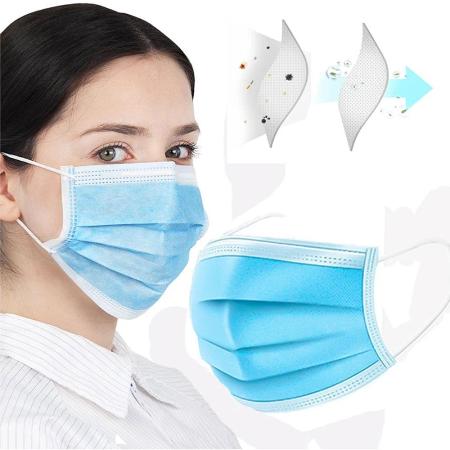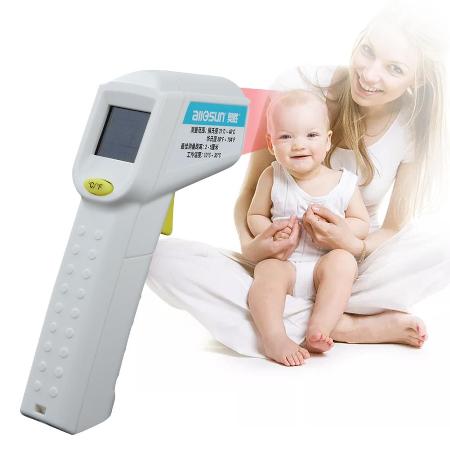Comparing Surgical Masks and Surgical N95 Masks
The
FDA manages surgical masks and surgical N95 Masks distinctively dependent on
their expected use.
Surgical masks is a baggy, expendable gadget that makes a
physical hindrance between the mouth and nose of the wearer and potential
contaminants in the quick condition. These are regularly alluded to as face
covers, despite the fact that not all face covers are directed as careful
covers. Note that the edges of the cover are not intended to shape a seal
around the nose and mouth.
A
N95 Mask is a respiratory defensive gadget intended to accomplish an
exceptionally close facial fit and extremely productive filtration of airborne
particles. Note that the edges of the respirator are intended to shape a seal
around the nose and mouth. surgical N95 Masks are ordinarily utilized in social
insurance settings and are a subset of N95 Filtering Facepiece Respirator
(FFRs), frequently alluded to as N95s.
The
likenesses among surgical masks and surgical N95s are:
They
are tried for liquid obstruction, filtration effectiveness (particulate
filtration proficiency and bacterial filtration productivity), combustibility
and biocompatibility.
They
ought not be shared or reused.
General
N95 Masks Precautions
Individuals
with constant respiratory, heart, or other ailments that make breathing
troublesome should check with their social insurance supplier before utilizing
a N95 Mask in light of the fact that the N95 Mask can make it increasingly hard
for the wearer to relax. A few models have exhalation valves that can cause
breathing out simpler and help to lessen heat develop. Note that N95 Mask with
exhalation valves ought not be utilized when sterile conditions are required.
All
FDA-cleared N95 Masks are marked as "single-use," expendable
gadgets. On the off chance that your respirator is harmed or ruined, or if
breathing gets troublesome, you should evacuate the respirator, dispose of it
appropriately, and supplant it with another one. To securely dispose of your
N95 respirator, place it in a plastic pack and put it in the junk. Wash your
hands in the wake of taking care of the pre-owned respirator.
N95
Masks are not intended for youngsters or individuals with facial hair. Since an
appropriate fit can't be accomplished in kids and individuals with facial hair,
the N95 respirator may not give full security.
N95
Masks in Industrial and Health Care Settings
Most
N95 Masks are produced for use in development and other mechanical sort
employments that open laborers to residue and little particles. They are
directed by the National Personal Protective Technology Laboratory (NPPTL) in
the National Institute for Occupational Safety and Health (NIOSH), which is a
piece of the Centers for Disease Control and Prevention (CDC)
Be
that as it may, some N95 masks are expected for use in a social insurance
setting. In particular, single-use, dispensable respiratory defensive gadgets
utilized and worn by human services work force during methodology to ensure
both the patient and social insurance faculty from the exchange of
microorganisms, body liquids, and particulate material. These careful N95
respirators are class II gadgets managed by the FDA, under 21 CFR 878.4040, and
CDC NIOSH under 42 CFR Part 84.
N95s
Masks directed under item code MSH are class II clinical gadgets absolved from
510 (k) premarket warning, except if:
The
respirator is expected to forestall explicit maladies or diseases, or
The
respirator is marked or in any case spoke to as separating careful smoke or
tufts, sifting explicit measures of infections or microorganisms, lessening the
measure of or potentially murdering infections, microscopic organisms, or
growths, or influencing allergenicity, or
The
respirator contains covering innovations irrelevant to filtration (e.g., to
decrease as well as slaughter microorganisms).
The
FDA has a Memorandum of Understanding (MOU) with CDC NIOSH, which diagrams the
structure for coordination and cooperation between the FDA and NIOSH for
guideline of this subset of N95 respirators.





























